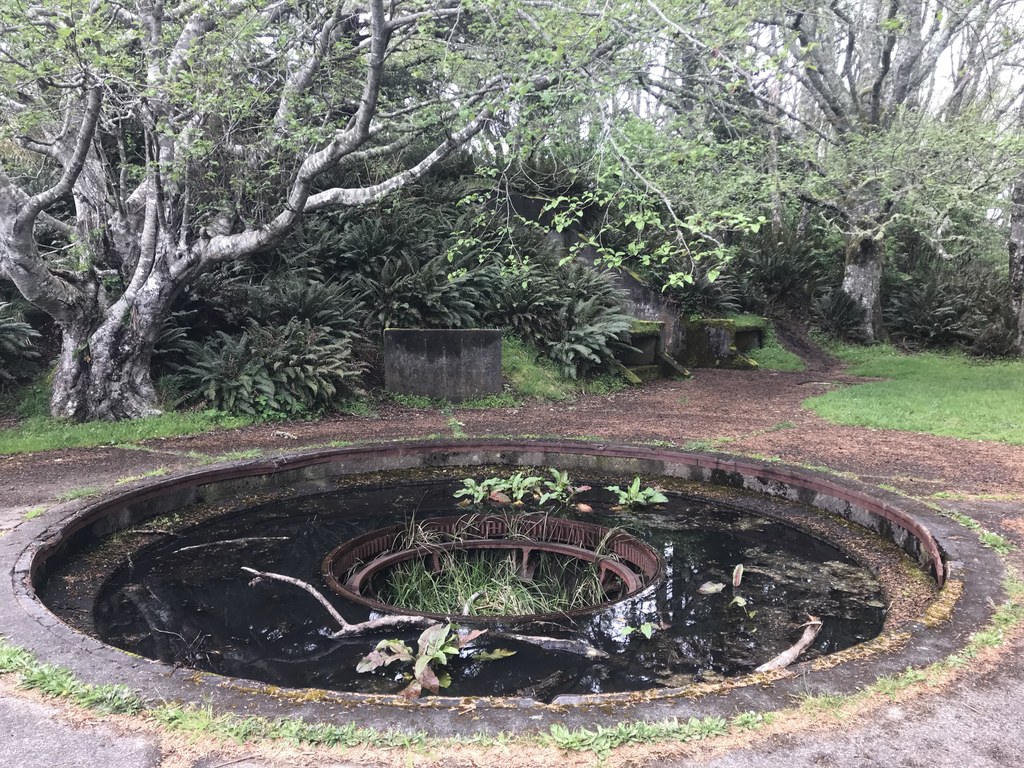This short but steep hike is packed with history, geologic interest, wildlife, and dramatic views. Ingloriously named for a fur trader, this rocky bluff of land was Clark’s furthest western point in 1805. Since then the bluff was used by the military during World War II with several artillery mounts and heavy bunkers extant.
Today this bluff offers a short leg stretch for hikers of all ages and types. History buffs will enjoy the historical markers discussing the Lewis and Clark expedition. Birders and botanists will certainly enjoy the lush coastal environment. McKenzie’s Lagoon sits just south of the head providing good breeding ground for waterfowl.
Views from the top reveal glory in the surf crashing against the North Jetty. This is evidence of humankind's neverending quest to bend nature to our hand. Below the head’s steep western face was once the ocean. Since 1917, the jetty was built to protect the mouth of the Columbia. After its construction, sediment shifted by the ocean began to accumulate, and ever since, land has been rapidly growing at the base of McKenzie Head. This land now extends more than a mile out into the sea, complete with mature trees, campgrounds, and a fabulous beach.
After exploring the old military bunkers return the way you came. Watch the carpeted forest floor for rough-skinned newts with their orangey-red underbellies. Unlike most salamanders, thes little guys are so poisonous to predators that they can freely roam during the day. When frightened it will freeze and expose its’ underside as a colorful reminder not to touch.
As you walk down towards the trailhead you will note McKenzie Lagoon on your right. Look up at the next bluff to the south and you may see the South Cape Disappointment lighthouse faithfully doing its’ job since 1856. As an interesting side note, guns were stationed at this lighthouse to protect the Columbia River during the Civil War!
McKenzie Head is part of Cape Disappointment State Park. It is a fabulous place to spend a weekend with family and friends. Razor clam digging (in season), 19th century lighthouses, and coastal flora and fauna are among the pleasures of this small corner of Washington State.






 Trailhead
Trailhead



